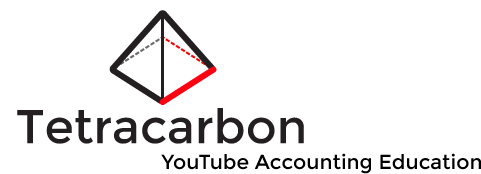Checkpoint testing for CHC learners:
Leaners from Confucius Heritage Culture (CHC) (Asian) backgrounds often have different understandings on issues such as: what constitutes plagiarism; distinctions between collectivism, collaboration and collusion; distinctions between critique and confrontation; expectations of the teacher/student role pair; and on ethics and writing styles (Biggs 1994).
I have developed a system called “checkpoint testing” that is designed to overcome common problems faced by CHC learners. These are simple formative tests delivered online. There are 11 checkpoint tests, for 11 topics, for 11 textbook chapters, and 11 questions on the final exam. Students are allowed only one attempt, but may do the test at any time. Questions are randomly selected and there is no pass hurdle. The checkpoint tests progressively unlock the rest of the course: checkpoint test 1 must be completed in order to access topic 2 learning materials.
Questions are highly analytical and involve advanced English; students frequently do not score as well as they expect. Total scores are provided but not solutions. I invite students to book an appointment to review their results and discuss any incorrect answers. This private forum allows them to reflect on their answers, and for me to correct their reasoning on the spot.
The key to the design is implied collaboration. Students can choose to treat the individual assessment task as a collaborative open-book exam, meaning they can take the test in groups with their textbooks at hand. This environment provides a natural incentive to discuss issues and peer-learn. Such discussion is unlikely without the test impetus. Randomisation means a single student is exposed to a set of ten questions, but a group of four are exposed to forty, thus magnifying learning opportunities. While many Western educators may view this as “cheating”, I believe the CHC learner’s collectivist preference is an opportunity to respect their culture and leverage it into productive behaviours.
High trust cultures exhibit high inter-dependency within their peer group. Checkpoint tests focus discussion amongst the peers they trust most and thus are an effective mechanism for creating powerful peer learning. Checkpoint testing contrasts with group assignments because students self-select the most effective group without arbitrary teacher intervention.
The lock-step nature of checkpoint testing discourages cramming and learning vi rote. CHC learners are prone to rote learning styles, although Biggs (1994) acknowledges that this may contribute to CHC learning success. Irrespective, the lock-step nature compels structured learning starting with basic concepts before progressing to ‘what is on the exam’. This better enables students to see the links between the content as they construct their own understanding. Although CHC learners tend to exhibit large power distance factors, they also expect teachers to take a shepherding role (Chiu 2009). The online test enables me to monitor progress and provide appropriate early encouragement.
The tool also follows inclusive design principles as it is accessible to more than just the targeted cultural group (Broughan and Hunt 2012). The subtle design means students perceive it as being culturally neutral, despite the fact that it is specifically designed to address cross-cultural issues for CHC learners. Thus it meets calls for culturally appropriate pedagogy (Nguyen, Terlouw et al. 2006), rather than being culturally remedial (Kingston and Forland 2008).
By respecting cultural learning preferences, the design supports individual development without compromising the learning objectives of a Western education. It is difficult to make strong claims of efficacy of this program, and hence I am conducting research to provide the rigour necessary to demonstrate claims
References
Biggs, J. B. (1994). "Asian learners through Western eyes: An astigmatic paradox." Australian and New Zealand Journal of Vocational Educational Research 2(2): 40-63.
Broughan, C. and L. Hunt (2012). Chapter 11: Inclusive teaching. Universe teaching in focus: a learner centred approach. L. Hunt and D. Chalmers. Camberwell VIC Australia, ACER Press.
Chiu, Y. C. J. (2009). "Facilitating Asian students' critical thinking in online discussions." British Journal of Educational Technology 40(1): 42-57.
Kingston, E. and H. Forland (2008). "Bridging the gap in expectations between international students and academic staff." Journal of Studies in International Education 12(2): 204-221.
Nguyen, P. M., C. Terlouw and A. Pilot (2006). "Culturally appropriate pedagogy: the case of group learning in a Confucian Heritage Culture context." Intercultural Education 17(1): 1-19.

